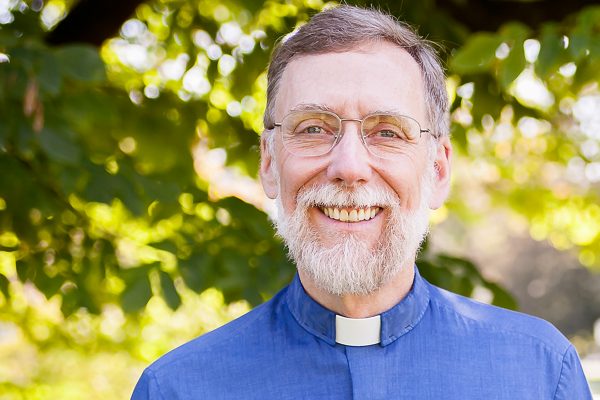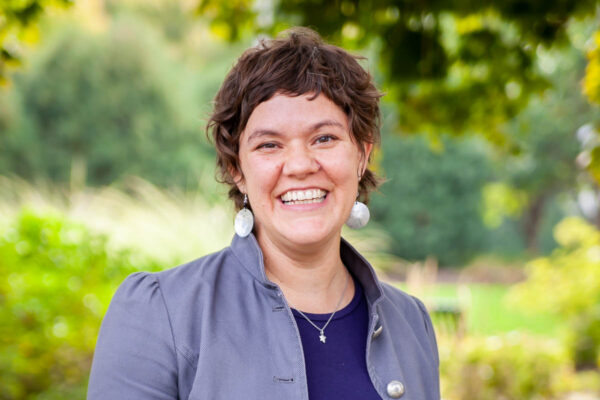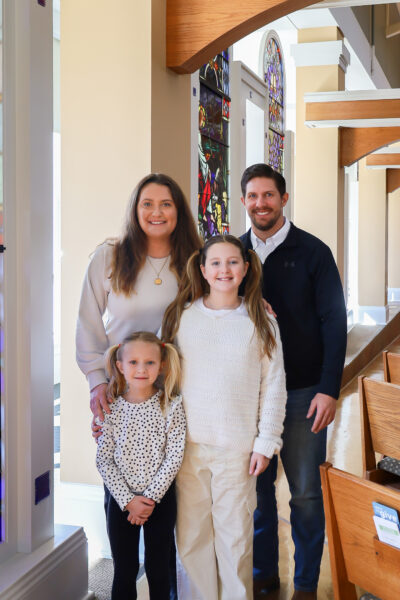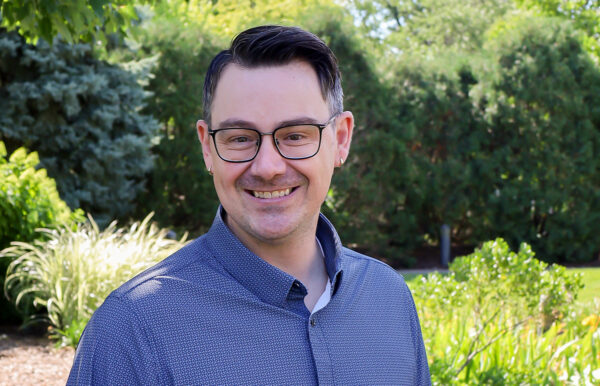The Darkness of Daylight Saving Time (or Not)

Daylight Saving Time has taken many forms and has been an on-again, off-again thing in countries around the world. Currently, about one-third of all countries have some form of it. What doesn’t vary across all those stories is the disagreement that it arouses among people. Some love it; others wish it had never been imagined, let alone enacted. It will ever be thus. Nearly two weeks into it this year, I’m still a bit cranky.
Consider the name – Daylight Saving. Wherever the idea developed – and there were several independent origins of it – the purpose was to have daylight last longer into the evening after a typical workday. That kind of makes the “saving” part of it logical – saving the daylight for a later part of the day. But there isn’t any more daylight to go around. When I “save” anything else, I expect to have more of what I have saved after I’ve saved it. But the daylight on March 20 in Davenport is 11 hours and 51 minutes, no matter how we have shifted the clocks.
Another dimension emerges when I ‘fess up to my own bias about it: I feel like I lose daylight in the early morning hours when we officially begin to “save” daylight. Getting up to go to the Y throughout the winter is a major commitment; often, the car’s headlights are still on as we drive back from the Y. So as spring nears and I am again rowing or riding with a glorious sunrise on display over the Mississippi River, my spirits rise and my anticipation for the emerging warmer weather is keen.
Then we begin to save daylight and my early morning is plunged back into darkness. Bah! Humbug! Someone’s effort to “spring ahead” has had the effect in my life of throwing me (not just “falling”) back into a darker, less hopeful, more depressive time. There are places where the change has been a two-hour shift, not just the one hour that is common in the U.S. I can’t even imagine how folks with my bias would survive that!
I suspect that the convoluted story of Daylight Saving Time has much to do with this dimension of its impact. For some of us, the spring shift is no leap forward; it’s a relapse. For others, it is just the leap forward that they want and need. And, of course, the experiences are reversed in the fall, when I’m delighted to “fall back” into brighter mornings while others feel like the sun has fallen out of their sky after work and they have been cast into darkness.
This is all in the nature of human beings being different from one another, having different make-ups and experiences and perspectives and goals and more. There is no “solution” to that. We cannot simply dictate that all people will henceforth be morning people or evening people, nor that we will simply ignore one group or the other.
In interpersonal and even spiritual terms, the way to deal with such differences is known as “hospitality.” It recognizes and respects differences and brings everyone into the discussion about how to address issues. God gives each of us a certain amount of daylight, and everyone in any given location gets the same amount. How we make the decision on lining up the clocks with that reality is something else: it’s a measure of our hospitality and mutual respect.




Judy Skogman
The world seems to have lost it’s hospitality and mutual respect. Way too much divisiveness going on!
Chad MacDonald
Maybe we should compromise and only move ahead 30 minutes.
Irene Hanssen
I agree with you Pastor. It turns me upside down. Oh well, I say why complain, no one will listen to you anyway.